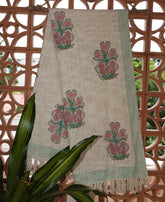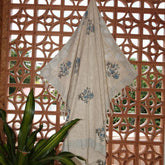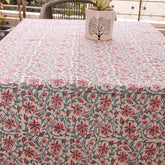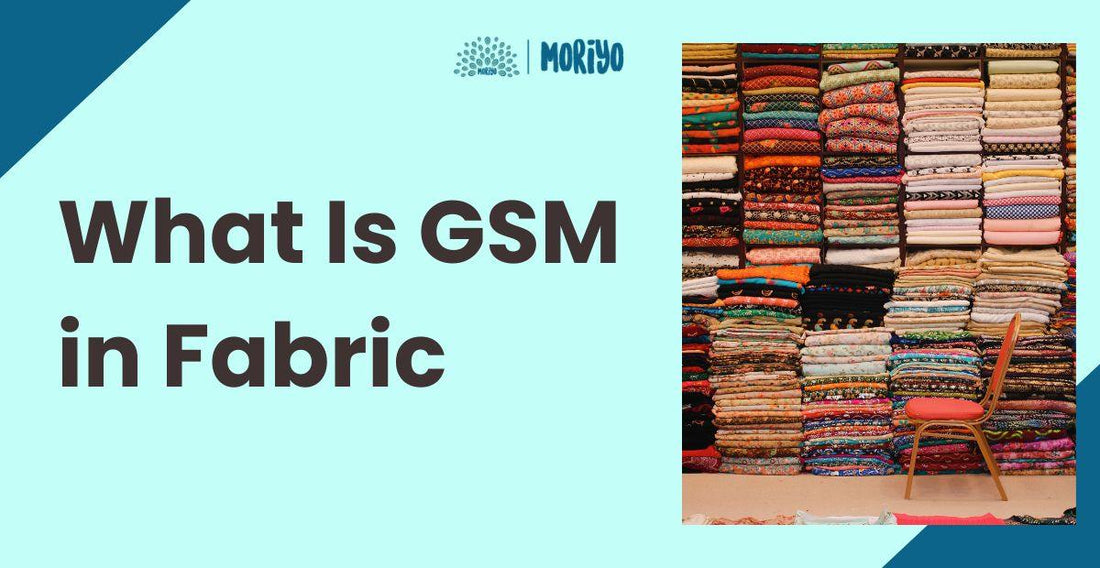When shopping for fabric or textiles, you may have come across the term GSM. GSM, or grams per square meter, is a critical metric in the textile industry that determines the weight and quality of fabric.
What Is GSM in Fabric
Understanding GSM can help you make informed choices when buying fabric for clothing, upholstery, or other applications.
This guide dives deep into the concept of GSM, its significance, applications, and how it affects fabric selection.
What Does GSM Mean in Fabric?

GSM stands for grams per square meter and is a measure of fabric weight. It tells you how much one square meter of fabric weighs in grams.
This universal metric helps classify fabrics into lightweight, medium-weight, and heavyweight categories. For instance:
-
Lightweight fabrics: Below 150 GSM (e.g., chiffon, organza)
-
Medium-weight fabrics: 150-350 GSM (e.g., cotton, linen)
-
Heavyweight fabrics: Above 350 GSM (e.g., denim, canvas)
The higher the GSM value, the thicker and denser the fabric. Conversely, lower GSM values indicate lighter, more breathable fabrics.
Why is GSM Important in Fabrics?
Understanding GSM is essential for both consumers and manufacturers. Here are some key reasons why GSM matters:
1. Fabric Durability
Higher GSM fabrics are generally more durable and resistant to wear and tear. For example, denim, with its high GSM, is much sturdier than chiffon, which has a lower GSM.
2. Comfort and Functionality
The GSM of fabric determines its comfort level and suitability for specific uses. Lightweight fabrics with lower GSM are ideal for summer clothing due to their breathability, while heavier fabrics provide warmth and are suitable for winter garments.
3. Cost Implications
Fabrics with higher GSM often require more material and are thus more expensive. For instance, a heavyweight cotton bedsheet will cost more than a lightweight alternative.
4. Consistency in Production
For manufacturers, GSM ensures consistency across batches, helping maintain product quality and meeting customer expectations.
How to Measure GSM of Fabric
GSM is calculated using the following formula:
GSM = (Weight of Sample / Area of Sample) × 10,000
Steps to Measure GSM:
-
Cut a fabric sample of known dimensions (e.g., 10 cm x 10 cm).
-
Weigh the sample using a precision scale.
-
Apply the formula to determine the GSM.
For example, if a 10 cm x 10 cm fabric sample weighs 10 grams:
GSM = (10 / 100) × 10,000 = 100 GSM
GSM Categories and Their Applications
The GSM of fabric dictates its application. Let’s explore the common GSM ranges and their typical uses:
1. Lightweight Fabrics (<150 GSM)
-
Examples: Chiffon, voile, organza, and lawn cotton
-
Uses: Summer clothing, curtains, linings, and scarves
-
Characteristics: Light, breathable, and soft
2. Medium-Weight Fabrics (150-350 GSM)
-
Examples: Cotton, polyester blends, linen, and jersey
-
Uses: Everyday clothing, upholstery, and bedsheets
-
Characteristics: Versatile, durable, and comfortable
3. Heavyweight Fabrics (>350 GSM)
-
Examples: Denim, canvas, velvet, and wool
-
Uses: Winter wear, upholstery, and industrial applications
-
Characteristics: Thick, warm, and long-lasting
GSM and Fabric Types
The GSM value varies significantly across different fabric types. Here are some examples:
Cotton Fabrics
-
T-shirts: 150-200 GSM
-
Bedsheets: 250-350 GSM
-
Towels: 400-600 GSM
Silk Fabrics
-
Lightweight silk: 50-100 GSM
-
Medium-weight silk: 150-200 GSM
Denim
-
Lightweight denim: 250-300 GSM
-
Heavyweight denim: 400-500 GSM
Wool
-
Lightweight wool: 200-300 GSM
-
Heavyweight wool: 400-600 GSM
Factors Influencing GSM
Several factors influence the GSM of fabric, including:
1. Fiber Content
Natural fibers like cotton and wool often have higher GSM compared to synthetic fibers like polyester.
2. Weave Structure
Tightly woven fabrics have a higher GSM due to increased thread density.
3. Finishing Processes
Processes like brushing, felting, or laminating can increase the GSM of fabric by adding layers or enhancing thickness.
How GSM Affects Fabric Performance
The GSM value has a direct impact on the performance and feel of the fabric. Here’s how:
1. Breathability
Lower GSM fabrics are more breathable and suitable for hot climates, while higher GSM fabrics offer better insulation.
2. Strength
Fabrics with higher GSM are stronger and more resistant to wear and tear.
3. Drape
Lightweight fabrics with lower GSM have a better drape, making them ideal for flowing garments.
4. Absorbency
Higher GSM fabrics, such as towels, have better absorbency due to their density.
GSM in Different Industries
GSM is a critical parameter across various industries. Let’s explore its relevance in different sectors:
1. Apparel Industry
-
Lightweight GSM fabrics for summer wear
-
Medium GSM fabrics for casual and formal clothing
-
Heavyweight GSM fabrics for outerwear and winter clothing
2. Home Furnishing
-
Bedsheets, curtains, and upholstery fabrics are categorized by GSM to suit different needs.
3. Industrial Applications
-
High GSM fabrics like canvas and tarpaulin are used in industrial and outdoor settings due to their durability.
Common Myths About GSM in Fabrics
1. Higher GSM Always Means Better Quality
This is not necessarily true. The best GSM depends on the intended use of the fabric. For example, a lightweight chiffon dress doesn’t need a high GSM.
2. GSM is the Only Factor That Matters
While GSM is essential, other factors like fiber type, weave, and finish also play a significant role in fabric performance.
3. Fabrics with the Same GSM Are Identical
Two fabrics with the same GSM can feel different due to variations in fiber content and weave structure.
How to Care for Fabrics Based on GSM
Proper care ensures the longevity of your fabric. Here’s a quick guide:
-
Lightweight Fabrics: Use gentle washing cycles and avoid high heat during drying.
-
Medium-Weight Fabrics: Machine washable but check care labels for specific instructions.
-
Heavyweight Fabrics: Require more robust washing methods and may need professional cleaning.
Frequently Asked Questions About GSM in Fabric
1. What GSM is suitable for bedsheets?
Bedsheets with a GSM of 200-350 are considered high quality and offer durability and comfort.
2. Does higher GSM mean better absorbency?
Yes, fabrics with higher GSM, like towels, typically have better absorbency due to their density.
3. How many GSM is 100% cotton?
100% cotton fabric typically ranges from 200 to 400 GSM (Grams per Square Meter) for most bedding materials like bedsheets and quilts. The GSM can vary depending on the weave and thickness, with higher GSM indicating a denser, more durable fabric.
PEOPLE SEARCH FOR:
Cotton Bedsheets | Bedsheets In Bangalore | Bedsheets In Hyderabad | Yellow Bedsheet | Green Bedsheet | Bed Covers | Quilts | Sofa Throws | Bed Linen | Quilts | Bedsheets | Dohar | Bed Covers | Baby Quilts | Block Print Bedsheet | Floral Bedsheets
























